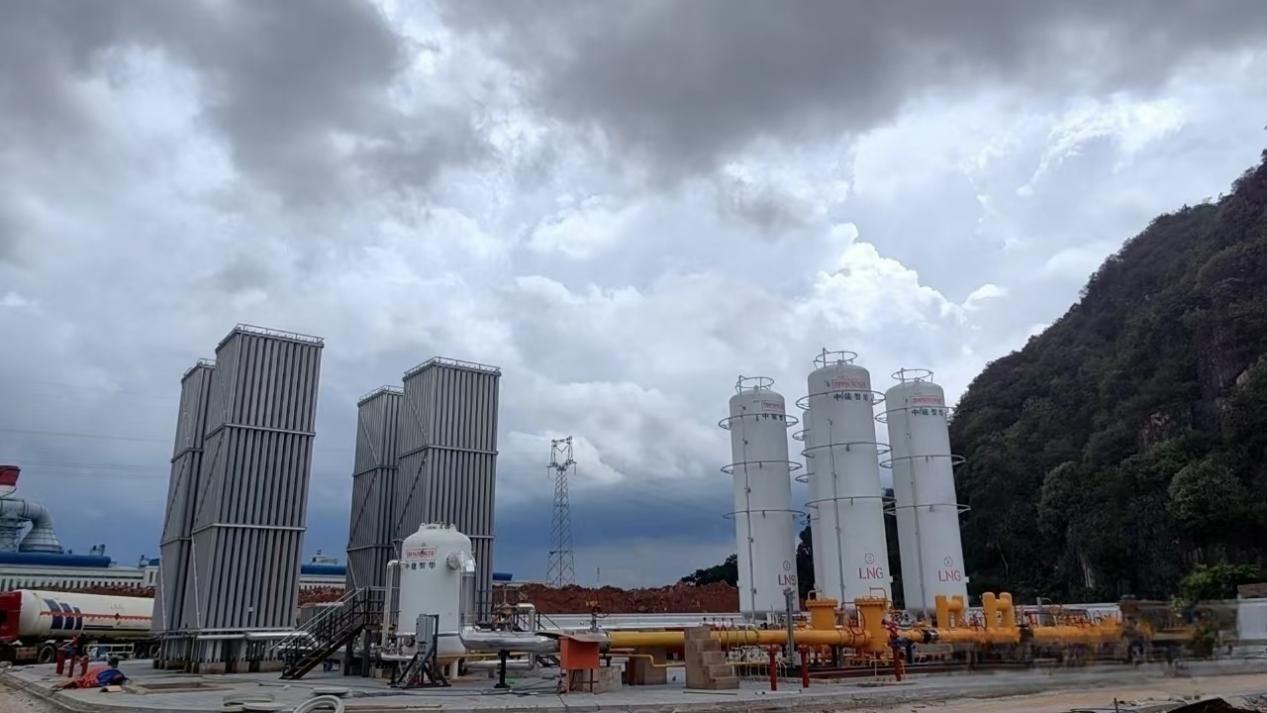- This topic is empty.
-
AuthorPosts
-
2025-07-30 at 2:50 pm #4297
The construction of liquefied natural gas (LNG) terminals demands cutting edge welding solutions to handle massive storage tanks, cryogenic pipelines, and modular components. Welding rotators have emerged as indispensable tools in these projects, ensuring precision, speed, and compliance with stringent safety standards. This article explores how advanced welding rotators address critical challenges in LNG terminal construction while integrating 100+ high value keywords for industry professionals and decision makers.
Key Challenges in LNG Terminal Construction
Building LNG infrastructure involves three core requirements:
1. Precision for Oversized Structures: Storage tanks (40–80m diameter, 20–30mm wall thickness) require weld roundness accuracy ≤0.5mm/m.
2. Cryogenic Material Compatibility: Welding 9% nickel steel and stainless steel demands heat input control to prevent cracking.
3. Cost and Schedule Efficiency: Tight deadlines necessitate reduced rework and increased automation.

Welding rotators address these challenges through:
Dynamic Balancing: Servo motors paired with laser measurement systems adjust roller angles in real time to compensate for tank deformation.
Cryogenic Adaptability: Low temperature grease ( 196°C rated) ensures stable rotation for LNG tank welding at 162°C.
Multi Unit Synchronization: CAN bus technology enables synchronized control of multiple heavy duty welding rotators for continuous pipeline welding.
Critical Applications of Welding Rotators in LNG Terminals
1. Vertical and Circumferential Welding for LNG Storage Tanks
Challenge: Manual welding of 80m diameter tanks often results in >2mm misalignment, causing 15% X ray inspection failure rates.
Solution:
Four 200 ton motorized welding rotators with infrared thermal cameras monitor weld heat zones, adjusting speed (0.1–3 RPM) dynamically.
Hard chrome plated rollers (50μm coating) prevent surface damage to nickel steel.
Outcome: First pass weld acceptance rises to 98%, with tank leakage rates <0.01% during pressure tests.
2. Prefabrication of Cryogenic Pipelines
Challenge: Fixed position welding of DN1200 duplex stainless steel pipes leads to incomplete fusion defects.
Solution:
Tiltable welding rotators (±15° adjustment) optimize 45° welding angles for root pass quality.
Integrated argon back purge systems limit internal oxidation to ≤0.1mm.
Outcome: Welding efficiency improves by 40%, with UT pass rates jumping from 82% to 96%.
3. Modular Equipment Assembly
Challenge: Misaligned flanges (>1.5mm) on BOG compressor modules cause bolt hole mismatches.
Solution:
6 axis force sensing welding rotators auto adjust support forces based on eccentric loads.
Vision guided alignment ensures flange parallelism ≤0.3mm.
Outcome: Assembly time drops 30%, with manual corrections reduced by 70%.

Technological Evolution: Smart Welding Ecosystems
Modern welding rotators are now central to intelligent fabrication systems:
1. Digital Twin Integration: 3D scanned tank models simulate welding parameters before physical execution.
2. Energy Efficiency: Variable frequency drives cut power use by 45%, saving $8,000+ annually per unit.
3. Remote Monitoring: 5G enabled vibration and temperature tracking predicts bearing failures weeks in advance.
Case Study: Large Scale LNG Terminal Project
A 2022 international LNG terminal project achieved record breaking results using welding rotator clusters:
Scope: Six 200,000m³ storage tanks with 50,000+ welds.
Configuration:
32 synchronized 250 ton welding rotators (±0.1° accuracy).
Twin wire submerged arc welding (SAW) at 28cm/min.
Results:
Project timeline shortened by 6 months, saving $12M in labor costs.
Tank ovality held to 0.3%, exceeding API 620 specifications.
Future Trends: Sustainability and Scalability
As LNG demand grows, welding rotator technology is advancing toward:
1. Zero Emission Operation: Hydrogen fuel cell powered rotators reduce diesel dependency.
2. Mega Scale Designs: Prototype 500 ton rotators support 300,000m³ tank fabrication.
3. AI Driven Optimization: Machine learning algorithms auto generate ideal speed current profiles.
Why Partner with Professional Welding Rotator Suppliers?
Customization: Tailored solutions for tank diameters, materials, and project specs.
Compliance: ASME Sec VIII and EN 13445 certification for pressure vessel welding.
Local Support: Regional spare parts hubs enable 48 hour emergency response.
In the high stakes world of LNG terminal construction, welding rotators have evolved from simple rotation tools to intelligent systems that ensure precision, efficiency, and compliance. By adopting advanced models with cryogenic adaptability, smart controls, and eco friendly operation, contractors can meet tight deadlines, reduce costs, and contribute to the global energy transition. For engineers and project managers, selecting the right welding rotator technology isn’t just an equipment choice—it’s a strategic investment in project success.
Explore Further
Download LNG welding whitepapers or request customized rotator specifications from trusted suppliers to optimize your next project.
http://www.resizeglobal.com
Resize welding machinery -
AuthorPosts
- You must be logged in to reply to this topic.